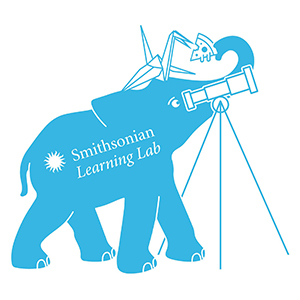Smithsonian and National Art Education Assoc. Partner on Teaching With Digital Resources
The Smithsonian and the National Art Education Association, which represents visual arts educators, have entered a three-year agreement to work collaboratively on educator professional development and to support teacher creation of model curriculum. One of the resources available to educators is the Smithsonian Learning Lab, an online toolkit to find, customize and share digital museum resources with others, using technology devices provided by Lenovo.
The first major project under the collaboration is two full days of Smithsonian programming during the NAEA National Convention, March 2-4, in New York City. Smithsonian educators and those from the Smithsonian’s American Art Museum; Cooper Hewitt, Smithsonian Design Museum; Freer/Sackler Galleries and the National Museum of African Art will offer professional development sessions such as:

- Creating a collaborative 3D paper craft;
- Connecting art to historical and cultural contexts;
- Responding to Asian art within the Advanced Placement art history framework; and
- Responding to African Art for elementary students.
A full list of sessions is available at s.si.edu/NAEA2017.
The Smithsonian Learning Lab offers free digital access to nearly 2 million diverse resources — including artworks, interviews with artists, videos with curators, and artists’ papers and archival records — with simple-to-use tools to organize, augment and personalize them. The Smithsonian and NAEA collaborated on a webinar on the Lab, “Discover Digital Museum Resources through the Smithsonian Learning Lab,” which is available at the NAEA Virtual Art Educators Website.
About the Author
Richard Chang is associate editor of THE Journal. He can be reached at [email protected].